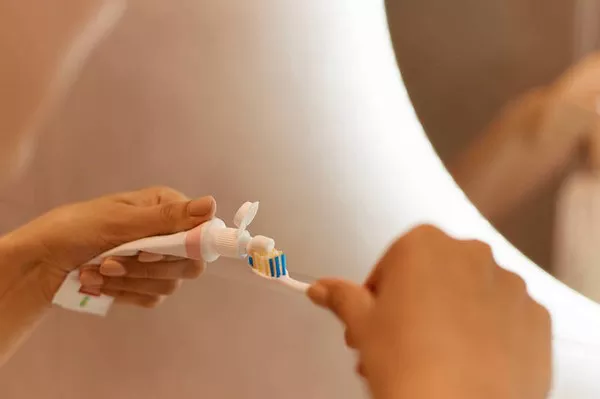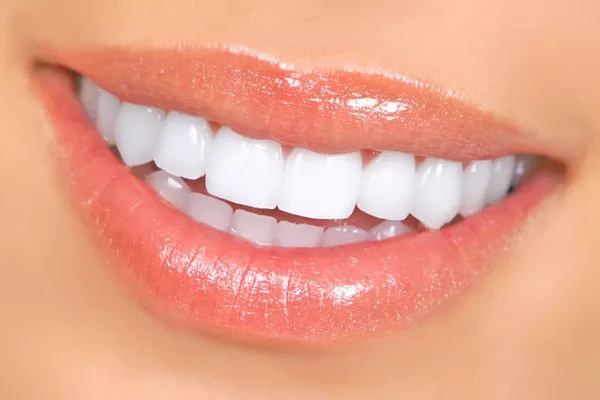Yellow teeth can be a cause of concern, especially for young individuals who desire a bright and healthy smile. Understanding the potential causes of yellow teeth in young people will help shed light on preventive measures and treatment options to achieve and maintain a radiant smile.
Reasons for Yellow Teeth at a Young Age:
Natural Tooth Color:
The natural color of teeth varies from person to person and can range from bright white to various shades of yellow. Genetics play a significant role in determining the color of teeth. Some individuals naturally have teeth with a yellowish hue, and this trait can be evident from a young age. In such cases, yellow teeth are not a sign of dental problems but simply a natural variation.
Poor Oral Hygiene:
Inadequate oral hygiene practices can lead to the buildup of plaque, a sticky film of bacteria that adheres to the tooth surfaces. Over time, if not removed through regular brushing and flossing, plaque can harden into tartar, which can appear yellowish in color. Poor oral hygiene is a common cause of yellow teeth in young people as they may neglect brushing and flossing or not maintain a consistent oral care routine.
Dietary Habits:
Dietary habits can significantly impact the color of teeth. Consuming foods and beverages with high staining potential, such as coffee, tea, red wine, dark-colored berries, and acidic drinks, can lead to teeth discoloration over time. Young individuals who frequently indulge in these staining foods and beverages may notice yellowing of their teeth.
Enamel Erosion:
The outer layer of teeth, called enamel, is naturally white and protects the underlying dentin. However, enamel can erode over time due to factors like acidic foods, certain medications, or excessive consumption of carbonated drinks. As the enamel wears away, the yellowish dentin underneath becomes more visible, resulting in yellow teeth.
Smoking and Tobacco Use:
Tobacco use, including smoking and chewing tobacco, can lead to yellow teeth and various other oral health issues. The nicotine and tar in tobacco products stain the teeth and contribute to the discoloration of tooth enamel.
Dental Fluorosis:
Excessive fluoride consumption during tooth development can cause dental fluorosis, a condition that affects the appearance of teeth. Dental fluorosis can lead to yellow or brown stains on the teeth, especially in young children whose teeth are still forming.
Tetracycline Staining:
Tetracycline, an antibiotic, can cause teeth discoloration when taken during early childhood. If tetracycline is used by pregnant women or young children, it can affect the development of tooth enamel and result in yellow or grayish teeth.
Trauma or Injury:
Injuries to the teeth, such as falls or accidents, can cause internal bleeding or damage to the tooth pulp. Over time, the affected tooth may turn yellow or darken due to the breakdown of red blood cells.
Medical Conditions:
Certain medical conditions, such as jaundice, liver disease, and metabolic disorders, can lead to yellow discoloration of the teeth. These conditions affect the body’s metabolism and may impact tooth color.
Preventive Measures and Treatment Options:
Maintain Good Oral Hygiene: Practicing regular and thorough oral hygiene, including brushing twice a day with fluoride toothpaste and flossing daily, can prevent plaque buildup and maintain a bright smile.
Balanced Diet: Limiting the consumption of staining foods and beverages and maintaining a balanced diet can help prevent teeth discoloration.
Avoid Tobacco Use: Quitting smoking and avoiding tobacco products not only improves oral health but also prevents teeth staining.
Dental Check-ups: Regular dental check-ups allow dentists to detect and address tooth discoloration early on. They can provide advice on proper oral care and recommend suitable treatments.
Teeth Whitening: Professional teeth whitening treatments, performed by a dentist, can effectively brighten yellow teeth and restore their natural color. These treatments use safe and approved bleaching agents to lighten tooth color.
Dental Veneers: Dental veneers, thin shells made of porcelain or composite resin, can be placed over the front surface of teeth to improve their appearance and cover up discoloration.
Conclusion:
Yellow teeth at a young age can result from various factors, including natural tooth color, poor oral hygiene, dietary habits, enamel erosion, smoking, and certain medical conditions. While some cases of yellow teeth are purely cosmetic and not indicative of dental problems, others may require professional attention and treatment. Practicing good oral hygiene, maintaining a balanced diet, avoiding tobacco use, and regular dental check-ups are essential for preventing tooth discoloration and promoting oral health. For those seeking a brighter smile, professional teeth whitening or dental veneers may provide effective solutions. Remember that each individual’s dental health is unique, and consulting with a dentist will help determine the most suitable treatment options for achieving and maintaining a radiant smile throughout life.
Related Topics:































